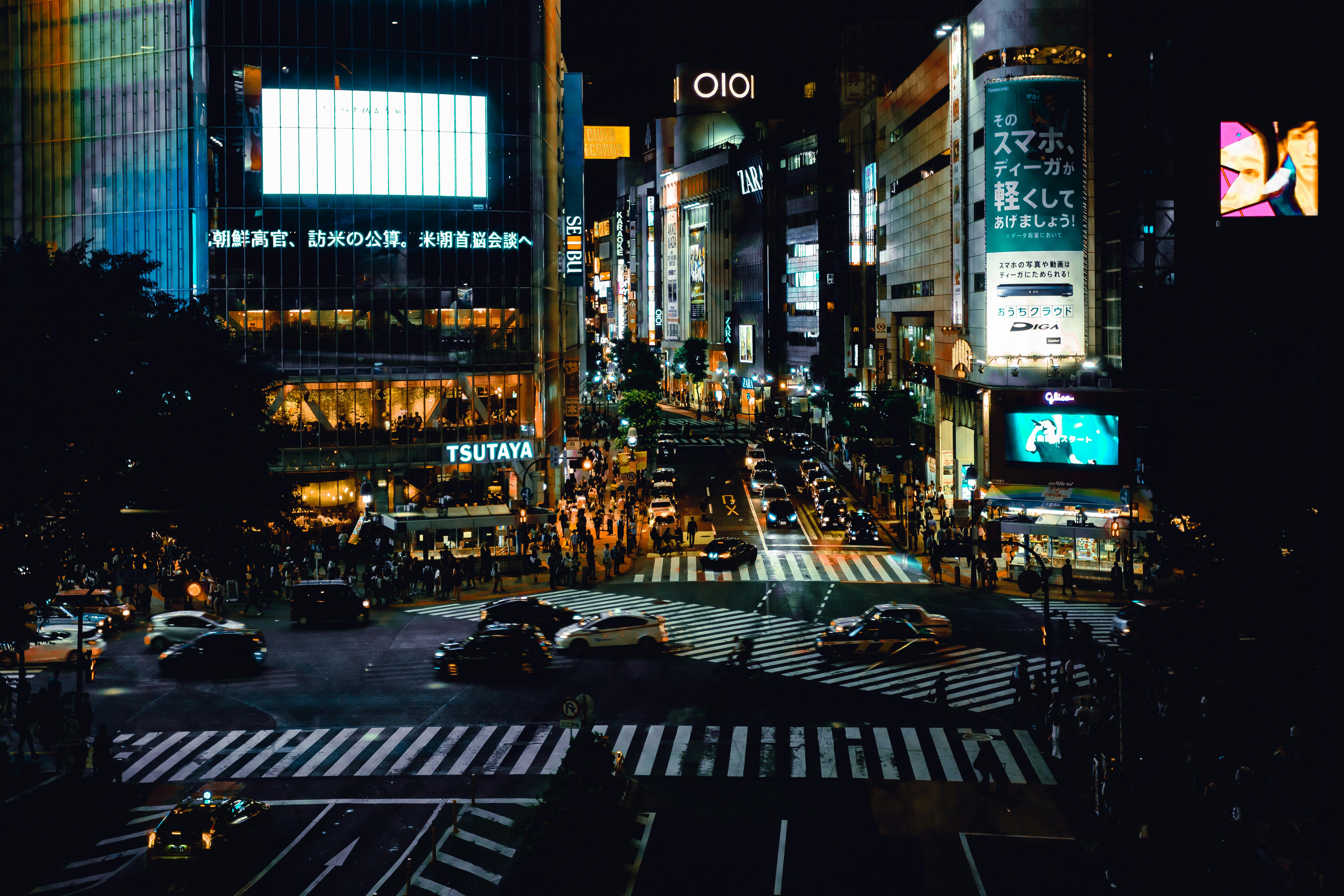
TOP OF THE WORLD
I stepped off the overnight Jammu mail train from Delhi to the dusty market town of Pathankot. From there it was a two-hour drive through dry floodplains and stony riverbeds, to the foothills of the Himalayas; a sheer wall of blue and white rising to the north.
At the base of this wall is Dharamsala, the city famous for being the home of the Dalai Lama and the Tibetan government in exile. Beyond Dharamsala, the road turns into a series of curves through a pine forest until it reaches the town of McLeod Ganj. The modern world ends here: the road and western conveniences run out a few meters beyond the city.
Beyond McLeod Ganj, in a sparsely populated area known as Upper Dhararnkot, the road straddled exposed tree roots and rocks, beneath garlands of billowing Tibetan prayer flags. We eventually pass through dappled forest at 7,000 feet, where meaty local cattle cut the grass.
There, in a small clearing, was a two-story hotel, Eagle’s Nest, two hours from the nearest town and unbelievably on top of the world.
EAGLE NEST
Constructed of brick and locally cut lumber, a porch runs its full width, complete with a hanging basket chair and hammock. There are three suites on the ground floor, opening onto a garden to the rear with unobstructed views of the mountains.
From the Eagle’s Nest we sat and watched distant drops of amber fire flow like lava through the steep coniferous forests, leaving the cool night air scented with wood and pine smoke. This was happiness.
The next morning, after breakfast of spicy masala omelettes and hot buttered chapatis, we made the decision that our goal for the week should be to hike to the top of Triund, a 9,500-foot peak. A minimum of six hours round trip meant we would have to get our legs and lungs into shape. And that, said our guide Rajesh, meant a lot of short preparatory walks.
PREPARING FOR THE TOP
DAY ONE: On the first day we trekked up a steep man-made path through a village to the Shiva Temple at Bhagsunath. Crossing a wheat field, we came across hotels and cafes where young Europeans ate pizzas and drank cappuccinos. This beautiful temple, with its shaded terrace, was situated above the road, overlooking an open-air swimming pool fed by an underground stream.
DAY TWO: The next day we drive through McLeod Ganj, past rows of cheap ethnic clothing stores, past groups of interesting rhesus monkeys, to the Dalai Lama’s temple and palace. There were red-robed monks, Tibetan prayer flags bunting in the breeze, and rows of traditional prayer wheels, slowly turned by devout Buddhists. After a lunch of vegetable dumplings at Chonor House, a secluded 1930s hotel where Richard Gere stays on his frequent visits, we continue down the mountain, past more temples, to Dharamsala.
DAY THREE: Today we went to the other side of our mountain on a long winding road through forests and wildflower meadows, through muddy farms, to a lunch stop at Udechee Huts. While they prepared our food, we sat on the terrace to watch the bearded vultures and imperial eagles fly by. With Kashmir closed, places like this are enjoying a boom in tourism. New hotels are opening all the time to meet demand from Delhiites looking to escape the unforgiving summer sun on the plains.
DAY FOUR: We drove two hours south in a 4×4 jeep to see the remains of the massive Mazroor Temple, carved out of a limestone hill. It was overgrown but incredibly serene reflected in a black lake, and only known to a few local children and goat farmers. It should have been a great day, and in a way it was: the sparse lunar landscape was among the strangest I’ve ever seen, like waves of molten, barren earth.
FIND PEACE
By day five, Rajesh, our guide, was convinced that Sue and I were ready for an assault on Triund. After an early breakfast and before the morning sun had time to get too hot, we began our long march. By now we had covered the trek from McLeod Ganj to Upper Dharamkot in 90 minutes, but Triund was a much more difficult and time-consuming proposition.
The trail is fairly flat for the first hour, turning into a climb halfway up. And the higher we went, the steeper the angle of the summit became.
Almost three hours a minute we crawl over the last rocks, well above the tree line, and find ourselves facing one of the best views on earth. From here, the Himalayas were suddenly much closer and more intimidating. Like looking at the Empire State Building. And to the south, the great northern plains stretched as far as Rajasthan. This was absolute peace, a small piece of land located between humanity and heaven.
We didn’t want to go back the way we came. We returned along the eastern edge of Triund which had little to no shade from the sun. The journey was exhausting and precarious and it took us another five hours to return to Upper Dhararnkot, via Bagsunath Temple and McLeod Ganj.
I kept losing my footing on the loose surface, and when we finally reached the bottom, the waterfall that Rajesh hoped would cool us down had all but dried up in the spring drought. I could feel the forces of nature conspiring against me.
However, the sense of accomplishment was overwhelming and that night we sat on the porch counting the fires and listening to the langurs. I realized how little it takes to find peace in the Himalayas. The magic of finding peace is in finding a combination of simple things and thoughts.
Leave a Reply